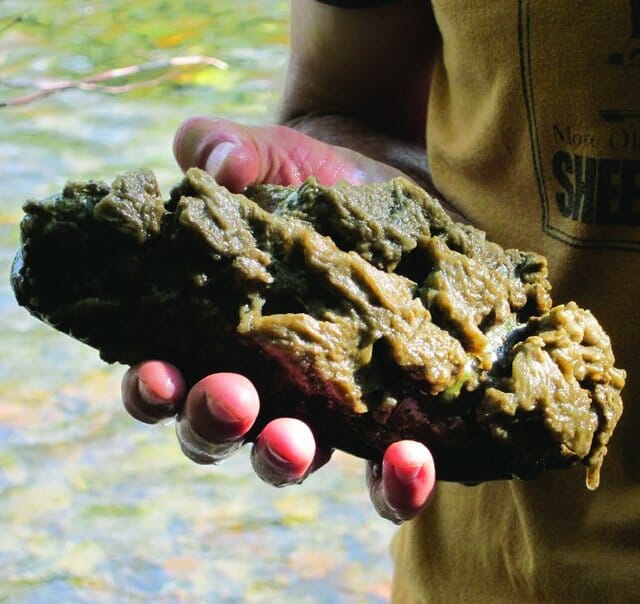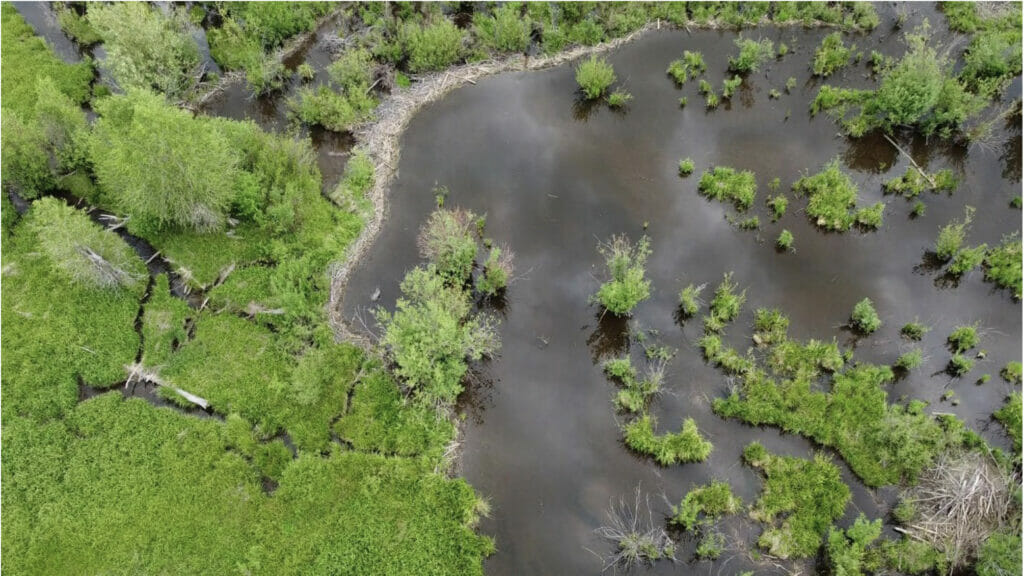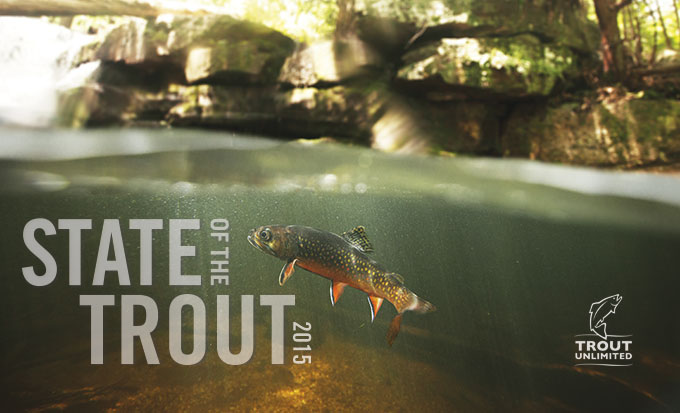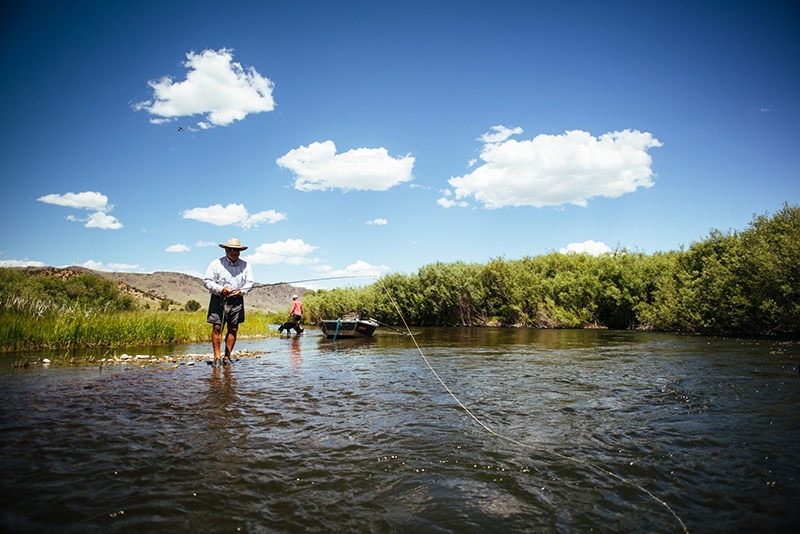
One major strength of TU is we provide expertise that spans jurisdictional boundaries. Working with a host of collaborators from various fields, we can tackle issues across broad – even global – geographies and multiple disciplines for comprehensive synthesis of current and emerging science.
TU scientists contributed to publications like Diversity and Status of Trouts and Chars of the World, which was recently profiled in the journal Science. Published 2019, the book is a first-of-its-kind comprehensive review of global taxonomy, life history, and conservation status of the world’s trout and char.
We have additionally working with agency partners on a review of Driftless Area science related to stream restoration. The review was driven by an interest in understanding the current state of the science in the Driftless Area to continue to inform strategic conservation investments in the face of increased frequency of floods over the past decade and the fact that climate projections predict an increased frequency of high-intensity rainfalls into the future.
Science outreach and synthesis work of TU scientists also includes 2015’s State of the Trout report, a recent book published by the American Fisheries Society updating and detailing the evolutionary biology and taxonomy of cutthroat trout, and resources for volunteers such as the My Healthy Stream handbook for landowners interested in conserving coldwater fisheries on their property.
An Annotated Bibliography of the Science on Catch and Release Angling of Salmonids
Trout in Hot Water
Trout are a culturally, economically, and ecologically important taxonomic group across the globe that require clean and cold water, and ¾ of them are threatened at some level from human stressors, including climate change. This article overviews the conclusions of the book: Diversity and Status of Trouts and Chars of the World
Didymo (a.k.a., “rock snot”)

Over the last 30 years, the world has seen a rapid increase in the visible occurrence of Didymo or “rock snot”. Unlike most algae, which tend to become a nuisance at high nutrient concentrations, Didymo reaches nuisance bloom levels at extremely low nutrient (dissolved phosphorous) concentrations. Although new blooms have been associated with introduction of Didymo to new waters, we know that Didymo has a relatively expansive native range in North America, that Didymo can be present for decades or more without blooming, and that blooms can occur in streams rarely if ever visited by humans. Nevertheless, disinfection of wading gear is as important as ever (1 minute in a 5% dish soap solution kills most Didymo cells). Studies of Didymo-fish relationships are few in number and fail to reveal clear and consistent impacts of Didymo on trout. TU scientists distilled all of this and more here:
Process-Based Restoration (PBR) Symposium

In May of 2023 TU scientists helped to organize a full-day symposium around process-based restoration (PBR). This document includes a symposium summary and abstracts from all of the contributed talks.
Driftless Area Science Review
A review of the science conducted in the Driftless Area that is relevant to stream restoration

State of the Trout
Details the status and trends within 28 separate species and subspecies of trout and char that are native to the U.S.



